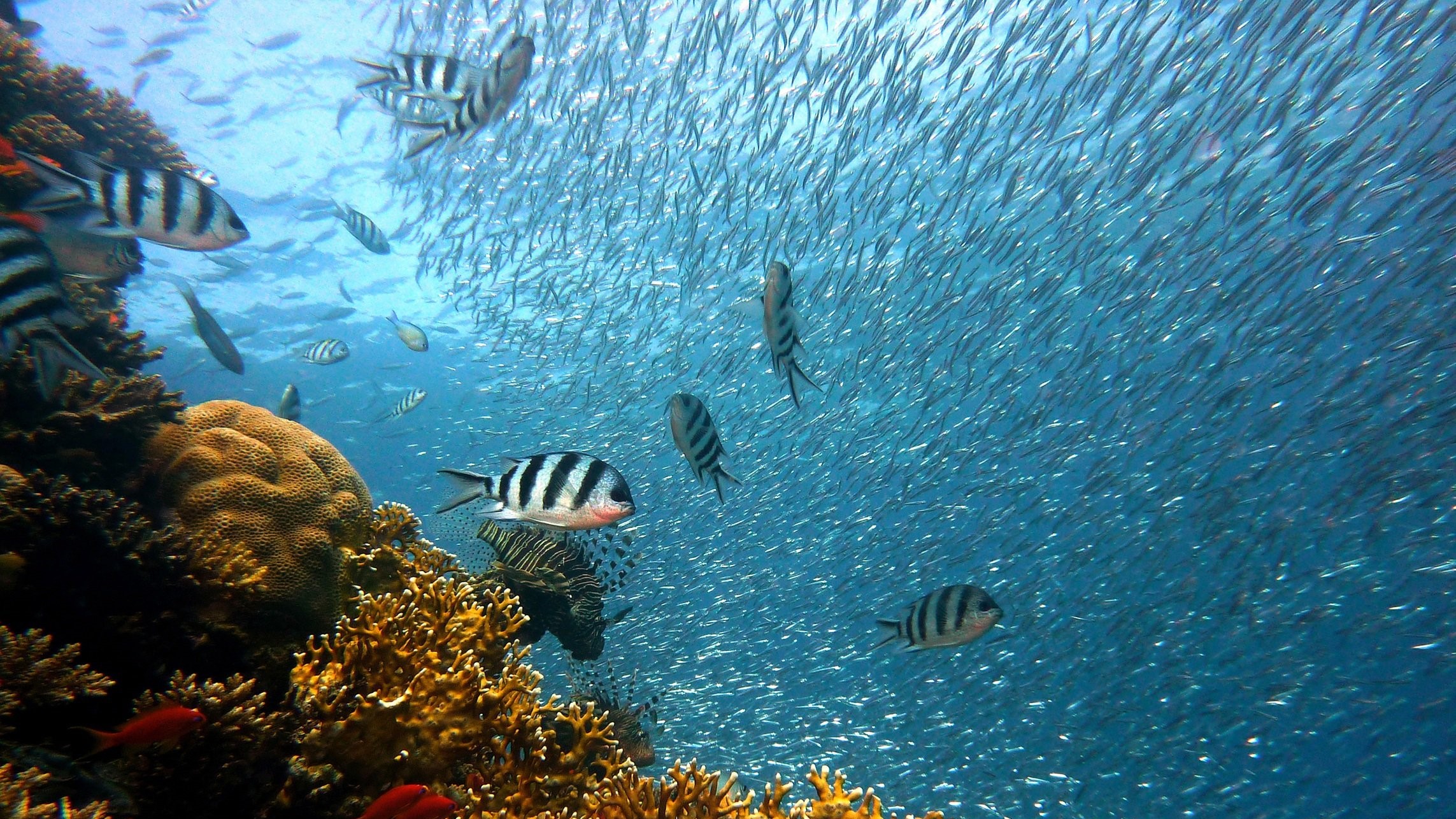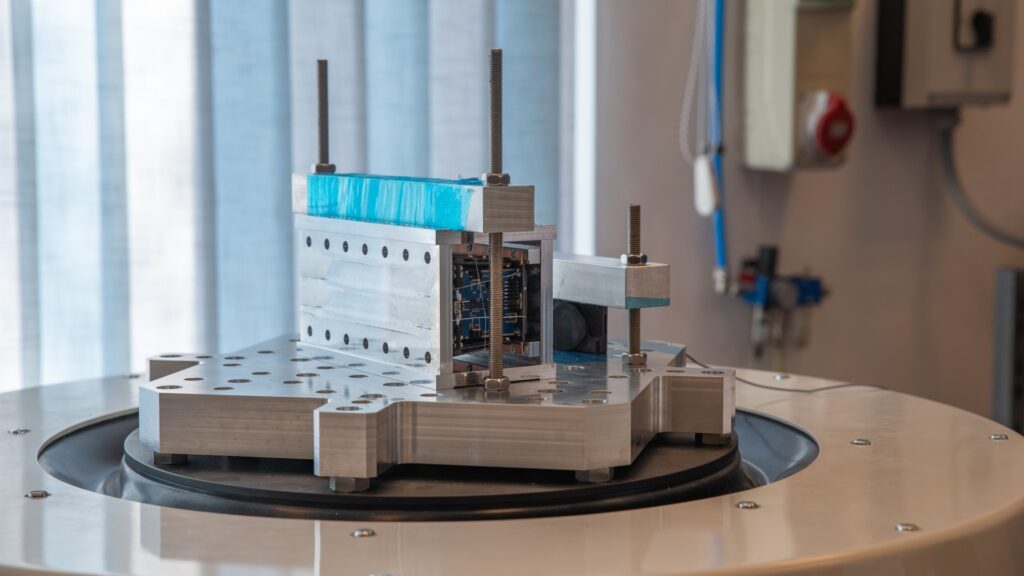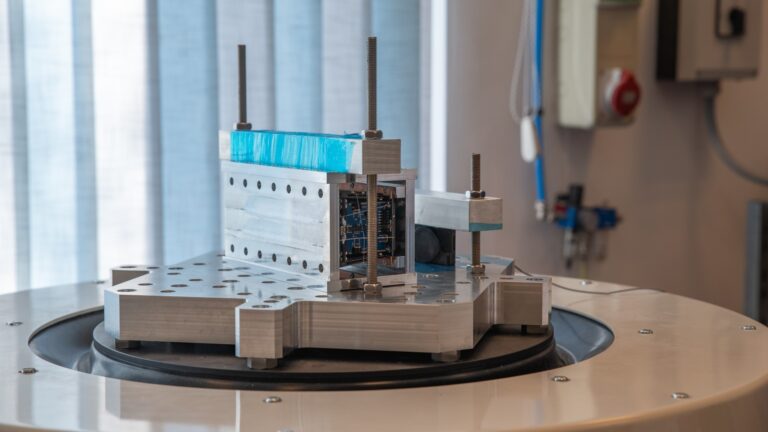How do fish swim in perfect harmony without a leader, avoiding collisions and responding seamlessly to changes in their environment? A new study, published in Science Robotics, brings us closer to answering that question—and the findings could reshape the future of robotics and autonomous vehicles.
Led by researchers from the University of Constance and the Max Planck Institute of Animal Behavior, with key contributions from Hungary’s Eötvös Loránd University (ELTE) and the Massachusetts Institute of Technology (MIT), the study used a groundbreaking virtual reality system developed specifically for fish to unravel the mystery of schooling behaviour.
The team, composed of biologists and roboticists, discovered a natural ‘coordination law’ used by zebrafish to maintain group cohesion. Unlike traditional assumptions, the fish rely not on their neighbours’ speed but on their perceived positions to synchronize movement. This simple yet effective rule allows for highly adaptive, collision-free group behaviour.
To test the biological realism of their findings, researchers employed a kind of ‘VR Turing test’. They placed individual zebrafish in tanks where they could interact with virtual avatars—3D holographic projections of fellow fish, some mimicking real behaviour, others guided by the newly discovered algorithm. The live fish could not tell the difference, behaving identically toward both types.
Beyond biology, the implications are vast. The team integrated the fish-inspired algorithm into fleets of autonomous robots—including drones, cars, and boats—and compared their performance against a leading method used in AI, the Model Predictive Controller (MPC). The zebrafish algorithm matched MPC in precision and energy efficiency but worked with far simpler computation.
‘The solutions that nature has refined over millions of years can inspire highly robust and efficient control systems,’ Liang Li, the study’s lead author said. Co-author Máté Nagy of ELTE added that the discovery opens exciting new possibilities for engineering swarms of autonomous machines that move as fluidly and intuitively as schools of fish.
This research marks a major step toward understanding and replicating collective intelligence—not just in the wild, but in the technology of tomorrow.
Related articles:







